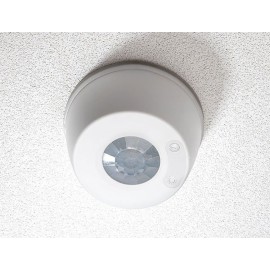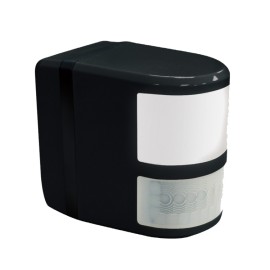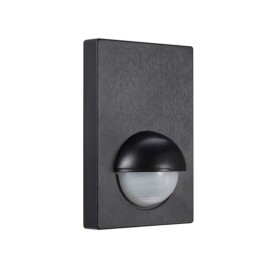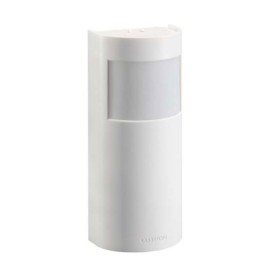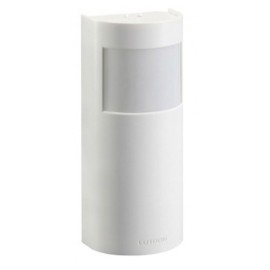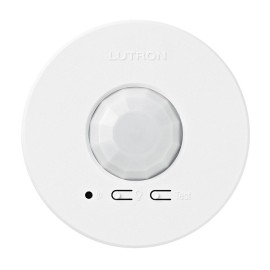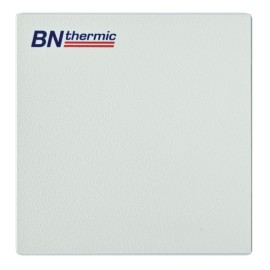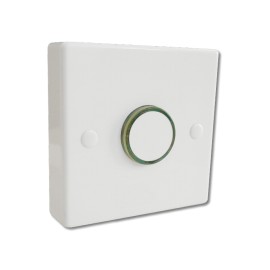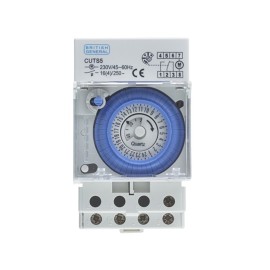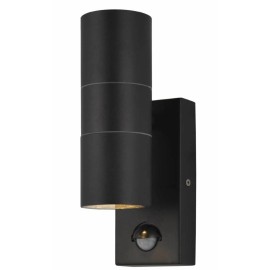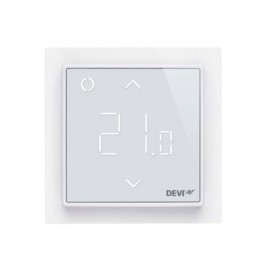
Will the Modular Lighting be the Ideal Lighting Solution for Schools?
A large increase in demand for public services, including the education sector, has been fuelled by a booming population and an increase in migration; to tackle lighting in schools, the question is, Will the modular lighting be the ideal lighting solution? Some local authorities have had problems in accommodating the streams of new students applying to their schools. One way in which this problem is being addressed is with ‘modular buildings’. A modular building is a prefabricated building, where individual sections are constructed off-site. The sections are then brought together and combined on-site. This unique construction process means the building's infrastructure will have to be configured differently to normal buildings. This includes the lighting for these ‘modular schools’, whose installation could be a difficulty, because the entire building is not made on the same site. This makes planning a functional light system difficult. However, modular lighting could prove a fine solution and meet the needs of the flourishing modular building market. Strains on the education sector that make modular buildings necessary The education sector has predicted diverging fortunes during a potentially big change in industry hiring trends. Demand for British Universities has actually declined following the uncertainty caused by Brexit, and less overseas students are applying to complete their degrees in the UK. However, experts predict a sharp rise in demand for primary and secondary school spaces, and relevant industry training following that. Projections made in 2018 state there will be a surge in demand for London schools, particularly in the next five years. Figures from the London Datastore show that London will need to find places for approximately 4,800 new students each year. This may prove to be a huge strain on the UK education sector. The big question is whether this demand can be met - and how. Modular buildings compared to traditionally designed buildings Modular buildings present a far quicker alternative to traditional ‘brick and mortar’ schools. It is estimated they can be built in 70% of the time it takes to construct a traditional school. The materials used to build them have been designed in a way so that they can be re-used and re-purposed, making them more eco-friendly. Faster construction times result in lowered costs for the building work itself. However, it also enables substantial cost savings in regards to supply chain efficiency and labour costs. This is due to the fact there is less requirement for skilled construction workers. The money saved in construction has not reflected poorly in the quality of modular housing. In fact, they can easily meet high-spec designs, and are adaptable to meet the standards of a school building. They are functional, long-lasting and aesthetically pleasing. We here at Sparks are delighted to offer a range of modular lighting controls. They are convenient not only for schools but for domestic premises as well. What do modular lighting systems and controls provide? There are various modular lighting systems on the market, all of which offer different features. One example is the Vitesse Plus system made by CP Electronics. We here at Sparks supply modular parts from the Vitesse range, which you can find here. The Vitesse Plus offers a great variety of functions, and are useful for both installers and users. It has a built-in pre-set menu with up to four detectors. This allows users to configure and reconfigure the system quickly and effectively in most settings. The Vitesse Plus includes PIR and microwave combined presence/absence detectors. These movement sensors are ideal for eco-efficiency, as they will turn on only when they detect the heat and motion emitted by people. This system from CP Electronics also includes dimming control switches. These alter the brightness of automatically controlled DALI or DSI bulbs. This means you can adjust the lights to blend in with the natural light levels of their surroundings. Not only does this mean that lighting levels are easily changeable, but it also ensures that energy is used in the most efficient way possible. Modular lighting: tackling the key issues that face today’s schools Schools now face greater levels of scrutiny regarding their eco-friendliness, as they must comply with relevant government legislation. Most notably, Part L of the Building Regulations and the BREEAM standards raise a high level of expectation. Thankfully, modular lighting can meet these expectations, as many of them are designed with eco-efficiency in mind. With traditional building methods, the lighting of an entire school can be very inefficient. They have inherent problems with regards to lighting. Lighting controls and detectors must be hard-wired into a junction box. This work costs a lot of time and is a labour intensive process. Ultimately, it will lead to drawn-out project times and burdensome additional costs. With a prefabricated school, the entire plan for the construction of the building is worked out beforehand. This includes - of course - the lighting. Modular lighting offers solutions that address the key issues that today’s schools face. These are as follows: Functionality Installation Configuration Compliance with relevant legislation Modular lighting - why it is the ideal lighting solution for schools The modular building sector offers something distinct from its traditional counterpart. Firstly, their off-site manufacturing process can enable a real competitive advantage in expenses. Local authorities in the UK have often complained about the costs needed to accommodate influxes of new students. Modular schools seem to be the answer to the problem of high costs. They provide ‘plug and play’ solutions to lighting. Plug and play lighting systems are simple to install. Usually, they’re low voltage systems and require little in the way of tools or maintenance. Furthermore, they do away with the need for deeply buried cables. This means you won’t need to call an electrician, so the labour costs for installing modular systems is minimal compared to that of traditional lighting. These appealing lighting schemes are great for the exterior of buildings. They will illuminate the outside of a school in grand and useful fashion. Real life proof that modular lighting is the future for UK schools The Ark Byron Academy School in Ealing implemented a Vitesse Plus and Vitesse modular lighting system. They are already seeing the rewards in regards to meeting government regulations and helping students with their work rate. The simple and effective design meant fewer parts are now required, which has reduced transport and storage costs. They also cut maintenance costs by eliminating the need to regularly replace failed or rapidly depreciating lamps. Ark Byron Academy School gratefully declared this system had opened up new revenue streams. A school statement read that: Using the modular plug and play electrical lighting solution helped to reduce the construction time from 6 months to 3 months... The easy-fit nature of the Vitesse systems saved the contractor significant labour costs So, it is expected that modular systems such as the Vitesse Plus will play a crucial role in the construction of sustainable modular-built learning facilities. This will be essential in order to meet the anticipated spike in demand for primary and secondary school education in the UK.






-116x116.jpg)
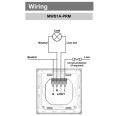


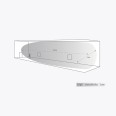
-116x116.jpg)


